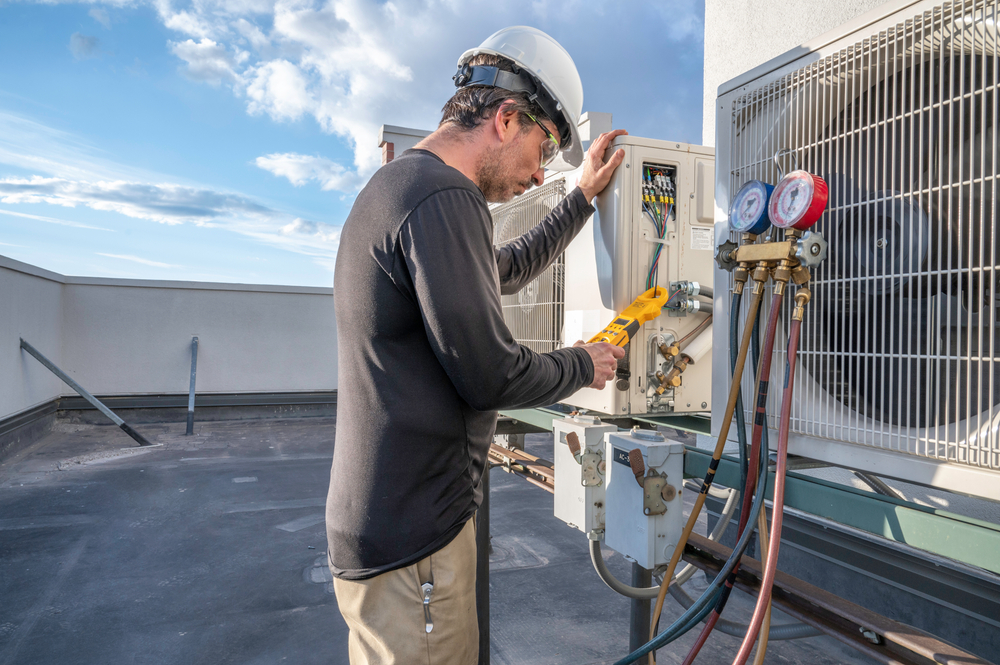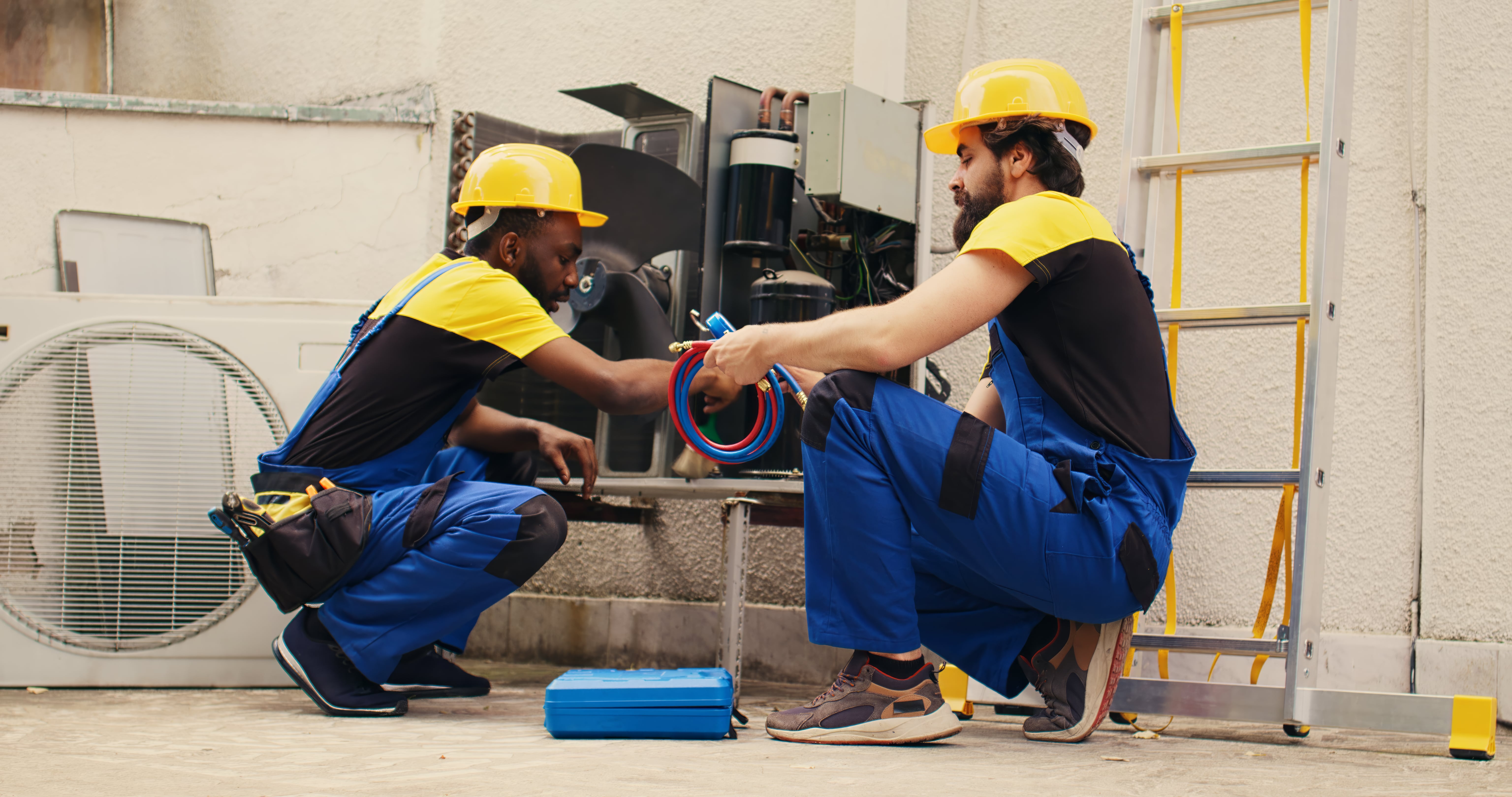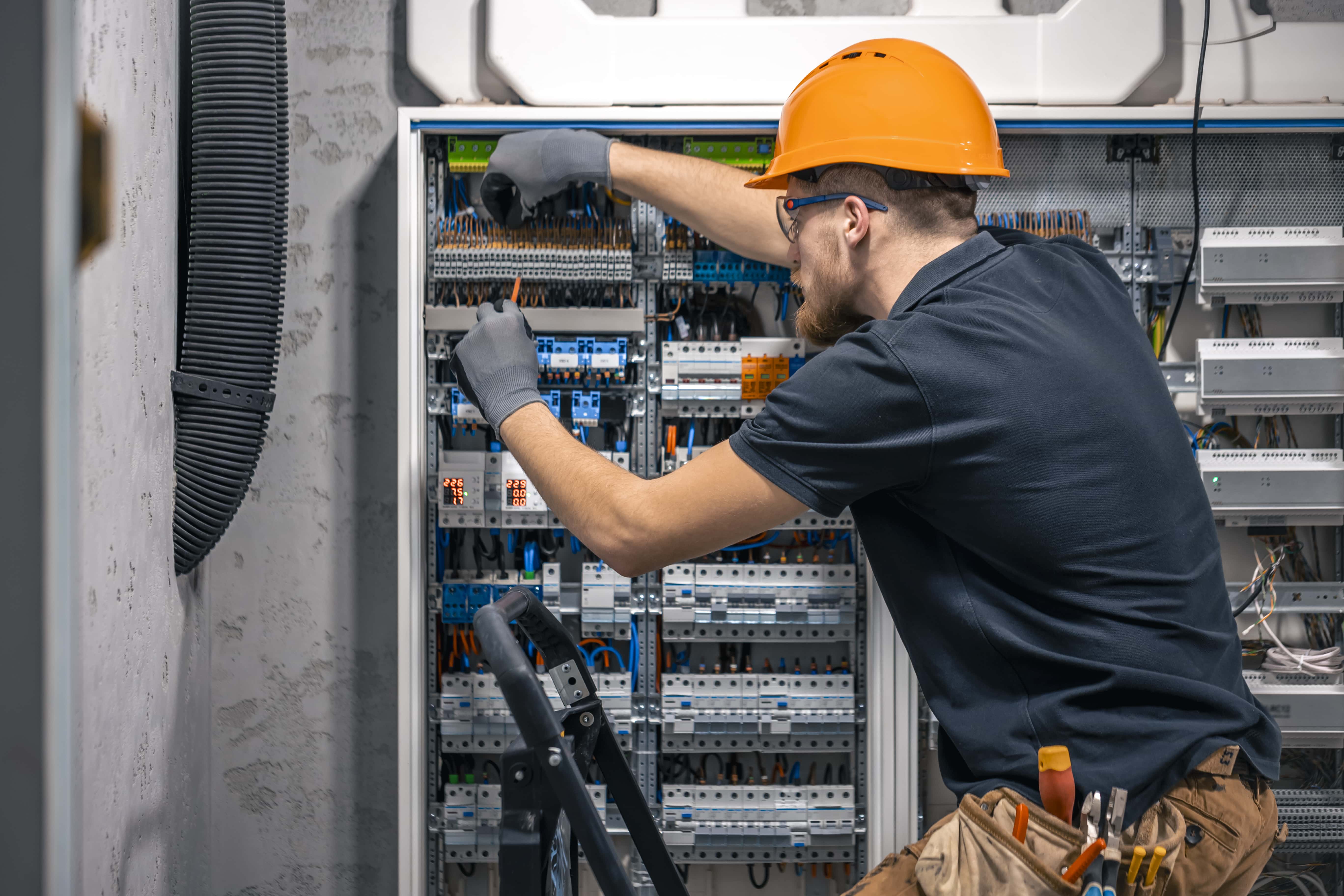

Commercial HVAC systems are a critical component of any facility’s infrastructure. They provide temperature control, ventilation, and indoor air quality to support the comfort and productivity of occupants. These systems operate continuously across seasons and are subject to high wear and tear. The question is—how often should they be serviced?
The answer depends on several variables, including system type, facility usage, building occupancy, and performance expectations. In most commercial environments, HVAC systems should be serviced at least twice per year as part of a preventive maintenance program. This article breaks down the ideal service frequency, key maintenance tasks, energy efficiency benefits, and signs that your system may need more attention.
HVAC systems are complex, mechanical environments made up of motors, coils, compressors, ductwork, and control systems. These parts degrade over time, particularly under continuous operation or environmental stress. Without regular servicing, systems become inefficient, less responsive, and more prone to failure.
Benefits of routine servicing include:
Routine maintenance is not just about performance—it protects your investment and supports operational continuity.
The general industry recommendation for commercial HVAC systems is biannual service, typically scheduled before peak heating and cooling seasons.
However, this frequency can vary depending on building type and usage:
The best approach is to create a customized preventive maintenance plan that reflects the specific needs of your facility and system complexity.
Preventive maintenance should be strategically timed to prepare the system for seasonal shifts in heating or cooling demands.
Performed before the cooling season begins
Performed before the heating season starts
Scheduled tune-ups in these transitional seasons help systems perform efficiently when usage peaks.
Energy efficiency is one of the top reasons to maintain HVAC systems on a regular schedule. Poorly maintained systems consume more energy to deliver the same performance, leading to higher operating costs.
Maintenance actions that improve efficiency include:
Properly serviced systems can reduce energy use by up to 20 percent, resulting in significant long-term savings.
While seasonal service is sufficient for many buildings, some systems show signs that they require more frequent attention. Facility managers should monitor the following issues:
These issues may indicate internal wear, airflow problems, or control malfunctions that need prompt inspection.
A typical HVAC maintenance visit should include the following tasks:
Each of these tasks ensures your system is safe, compliant, and performing at its peak capacity.
Commercial buildings must often meet regulatory and insurance standards for HVAC system maintenance. In addition to health and safety codes, your organization may also be required to maintain documentation of all HVAC inspections and repairs.
Benefits of documented servicing include:
Maintenance is both a risk management strategy and a practical step toward operational excellence.
Preventive service not only improves daily performance but also extends the life of your HVAC equipment. With proactive care, most commercial HVAC systems can last 15 to 20 years before needing replacement.
Ways to increase equipment lifespan:
A long-lasting system reduces capital costs and supports sustainability goals.
A well-maintained HVAC system keeps your building comfortable, energy efficient, and compliant with industry standards. Routine servicing—especially on a biannual schedule—is the most effective way to reduce downtime, lower costs, and extend system life.
Facility managers who prioritize preventive maintenance not only protect physical assets but also ensure a better indoor experience for everyone inside the building. With a clear service schedule and professional support, your HVAC system will deliver performance you can rely on all year round.
Looking to reduce HVAC downtime, improve energy efficiency, and extend your system’s lifespan?
Contact us today to speak with our commercial HVAC experts and get a maintenance plan tailored to your facility.
How often should commercial HVAC units be serviced
At least twice per year. Some systems may require quarterly or monthly checkups depending on building type and usage.
Can routine HVAC service lower energy costs
Yes. Clean, calibrated systems run more efficiently and consume less energy, resulting in cost savings over time.
What is included in a preventive maintenance visit
Typical visits include filter changes, coil cleaning, refrigerant checks, component inspections, and system testing.
Does maintenance reduce the risk of HVAC failure
Absolutely. Most unexpected breakdowns can be prevented through regular inspections and tune-ups.
Is documentation important for HVAC service
Yes. Maintenance records are useful for compliance, audits, budgeting, and future service planning.


Got a problem? We’ve got the solution. Reach out today to get started!